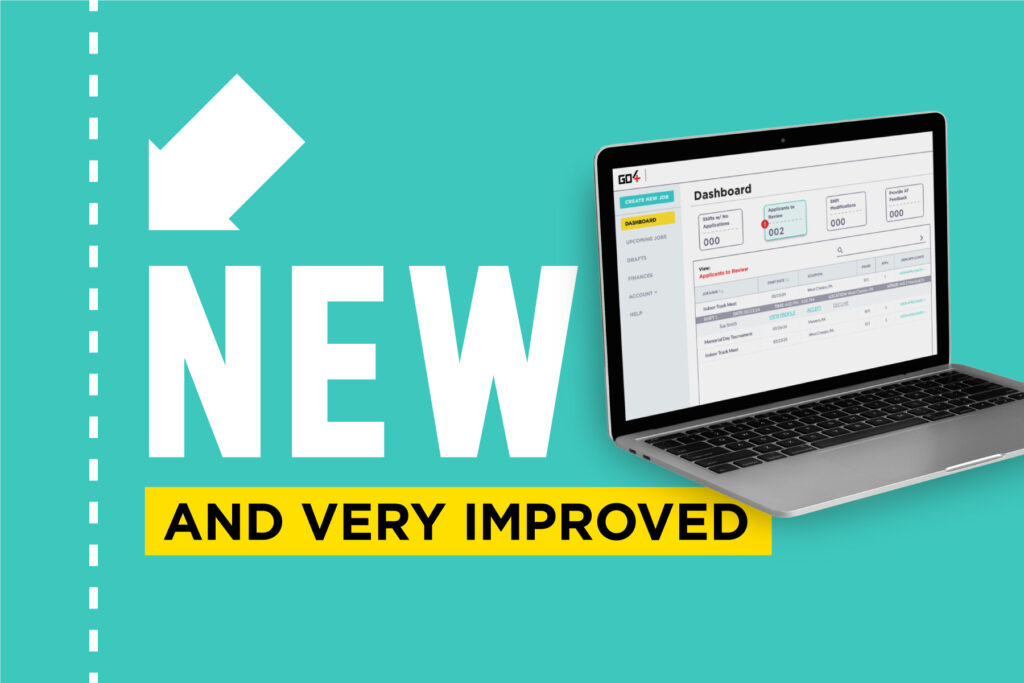Bad News / Good Advice

by Susan Taah, MEng, GSP, LAT, ATC
While there are many benefits to having having an athletic trainer on staff—injury management, illness prevention, emotional support, administrative insight, etc—, the key motivator is the reasonable risk of significant injury, illness, or fatality to occur.
So, then why do ATs often face backlash, derision, and friction when managing unfortunate incidents and accidents?
Picture it, a football player goes down at the end of the play and comes up holding his shoulder. After the sideline assessment, it’s determined that he’s being pulled from the game. Coach comes over and asks you to “do everything you can to get him back out here.”
Or, a carpenter has a slip of the circular saw and comes over with a laceration that clearly needs stitches. The superintendent chimes in with, “are we sure we can’t steri-strip it?”
If you’re an AT, odds are you’ve found yourself in this situation a time or two. You are not alone. In fact ATs deal with this so often, there’s research about it. In a 2020 the JAT published a study that examined the presence of organizational conflict and its impact on medical decision making (Pike Lacy, Bowman, & Singe, 2020).
And though the consensus was that external influences did not alter an AT’s medical decisions, the reports of healthcare providers facing negative consequences for making those medically informed decisions were far too high.
This experience isn’t just limited to sports. Athletic trainers work in environments where a high level of physical performance is required. Firefighter, paratrooper, ballerina, or welder, any interruption can be an issue.
ATs are well positioned to advocate for ethical conduct especially when it comes to the health and wellbeing of their patients. Still, it’s a team effort, so here are 5 tips that can be applied no matter what setting to support ethical medical decision making and success:
Set the Right Expectations
The first time, to discuss decision making is not in the middle of a triage. Ensure everyone is on the same page from the top by meeting together and discussing roles and responsibilities up front. The AT shouldn’t overpromise an injury free year and operations or coaching staff should set outrageous expectations like no time lost. This is a great opportunity to bring up the obvious conflicts of interest present and discuss how to make sure medical care is not influenced. Leave the room with a comitment to the health and safety of the people who make the organization a success.
—
Be Friendly
People who are likely to come into conflict with one another should go out of their way to establish a comradery beforehand. Take time to have personal conversations with those you work with even if they don’t seem like someone you would spend time with outside of the office. Having good working relationships and understanding each other on a personal level can help decrease tensions when disagreements arise. At the very least, it will create an avenue for communication outside of injuries and the effect on the business or team which can get tiresome.
Cut out the Noise
Is there an audience during critical injury assessments? Well that’s a great way to invite a lot of organizational pressure into the process. Get exams down to the patient and healthcare provider if possible. At most, allow one non-clinical member in the room. There is no reason for a clinical exam to become a team sport. If care is being delivered on the pitch or in the middle of a jobsite, task the other people present with crowd control and enforcing patient privacy.
—
Review Refusals
Patients have rights that include but are not limited to maintaining confidentiality, establishing informed consent, and granting them autonomy when it comes to decisions about their care. Athletic and occupational care systems present unique environments where some of these rights may be waived or granted to the employer making it easy for patient rights to be infringed when organizational pressures come into play. During the care process, if a patient’s wishes are in conflict with the care decisions being made, this is a good signal to slow down and review the current course of action. Sometimes it’s that a player wants to get back in the game when medical staff does not permit, but maybe an employee wants a referral and an employer is refusing. It is important here to make sure the patient understands their rights clearly.
—
Think Legal
When all else fails, would you be able to defend your actions in court? This is the lowest possible metric to hold yourself to, but unfortunately there are too many patients who find themselves seriously or even fatally wounded due to a dereliction of duty. Whether it is reporting unethical conduct, documenting appropriately, or complying with regulations and statutes; maybe a reminder that there are legal and civil pathways to restitution, is the helpful reminder we all need to do the right thing.
—
Athletic trainers often find themselves as a bridge. They know what the patient needs, what the organization wants, and what current literature says. That means, bad news from an athletic trainer is well informed and likely saving the patient and organization from a worse fate. They have weighed all the possibilities and come down on the best course of action. So if you find yourself on the receiving end of what you didn’t want to hear, take joy in the fact that it is likely the right decision at the right time and place.
Other articles you might like

Tournament Operator Series: 7 Things That Should Be at HQ
The Go4 platform is focused on connecting organizations with athletic trainers and insights to help those organizations operate at a higher level. We’re sharing the accumulated knowledge of veteran tournament operators, coaches and club managers. Check out the list of 7 Things That Need to be at Your Tournament…

Go4’s Upgraded Platform
Go4’s Upgraded Platform Launches At Go4.io, we’re always striving to enhance our platform to better serve the athletic training community. We’re thrilled to announce that this version 3.0 of the Go4 platform is live, packed with new features and improvements designed to revolutionize the way organizations hire athletic trainers…

Why Go4 doesn’t set a minimum rate.
As the largest job board in the country for athletic trainers, Go4.io is not just a marketplace; it’s a movement. A movement towards better opportunities, fairer wages, and greater control over one’s professional journey. And that’s why Go4 doesn’t set a minimum rate. 1. The Power of the Marketplace At Go4,…